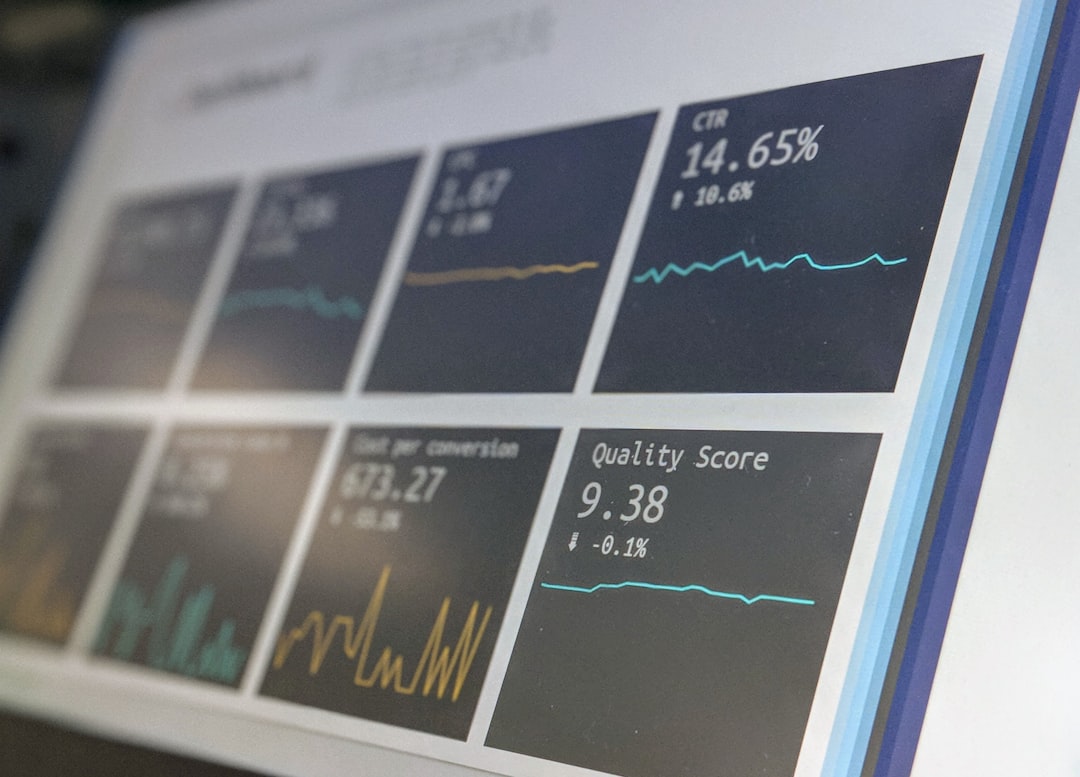
Harnessing Geographic Information Systems (GIS) in Economics: A Comprehensive Guide
# Introduction. As we navigate an increasingly complex economic landscape, the importance of data-driven decision-making has never been clearer. Geographic Information Systems (GIS) offer powerful tools that integrate spatial analysis into various economic fields, providing insights that traditional data analysis methods might miss. This guide aims to illuminate how GIS can be utilized effectively in economics, helping researchers, policymakers, and businesses make informed decisions based on geographic data. # Understanding Geographic Information Systems (GIS). GIS is a framework for gathering, managing, and analyzing spatial and geographic data. It allows users to visualize, interpret, and understand data in ways that reveal relationships, patterns, and trends in the form of maps and 3D models. In economics, GIS can play several critical roles, from market analysis to resource management, making it indispensable for modern economic research and strategy development. # Applications of GIS in Economic Policy Making. One of the primary applications of GIS in economics is in the realm of policymaking. By using GIS to visualize demographic trends, income levels, and resource allocation, policymakers can design targeted interventions that address specific community needs. For example, overlaying data on socioeconomic backgrounds and health services can highlight areas that require additional healthcare resources. With GIS, policymakers can make real-time adjustments to policies, ensuring that they are responsive and effective. # GIS in Market Research and Business Strategy. In the context of business, GIS is incredibly useful for market research and strategy development. Companies can use GIS to analyze consumer data in relation to geographic factors, such as proximity to competitors, transportation networks, and socio-economic demographics. This spatial analysis assists businesses in identifying optimal locations for new stores or service centers, tailoring marketing strategies to local preferences, and improving logistical efficiencies. Moreover, GIS tools allow companies to visualize these factors dynamically, creating a more intuitive understanding of market landscapes and consumer behaviors. # Environmental Economics and Resource Management Using GIS. Environmental economics heavily relies on GIS for managing natural resources and analyzing the economic impacts of environmental changes. For instance, GIS can help assess the effects of climate change on agriculture by correlating weather patterns with crop yields in various geographical areas. It also plays a vital role in spatially analyzing resource distributions, such as forests or water bodies, aiding in sustainable management strategies. By understanding the geographic implications of resource use and environmental policies, economists can advocate for solutions that balance economic growth with ecological preservation. # Combining GIS with Big Data in Economics. The advent of big data has further amplified the capabilities of GIS in economics. By integrating vast amounts of real-time data from various sources such as social media, surveys, and sensor networks with GIS, economists can derive nuanced insights that were previously unattainable. For example, combining GIS with mobile phone data can reveal patterns in consumer movement and behavior, allowing for better demand forecasting and public transport planning. This synergy between GIS and big data transforms the way that economic analysts approach their work, leading to more accurate and timely conclusions about economic conditions. # Challenges and Considerations When Using GIS in Economics. Despite its advantages, the implementation of GIS in economic applications warrants careful consideration. Issues such as data privacy, the accuracy of geographic data, and the technical expertise required to operate GIS software can present challenges. Moreover, stakeholders in different geographic regions may have varying levels of access to adequate technology, influencing the equality of data utilization. It is vital for economists to address these challenges and ensure that GIS tools are used ethically and effectively. # Conclusion. Incorporating Geographic Information Systems into economic analysis and decision-making processes revolutionizes how data is perceived and understood. The integration of spatial data enriches traditional economic research, fosters innovative business strategies, and enhances policy formulation. As technology continues to evolve, the applications of GIS in economics will only expand, paving the way for a more informed and sustainable future. Economists, businesses, and policymakers should embrace GIS as a fundamental component of their toolkit to navigate the complex and dynamic economic environment effectively. # Images Search Tags. Geographic Information Systems economics usage analysis. .








